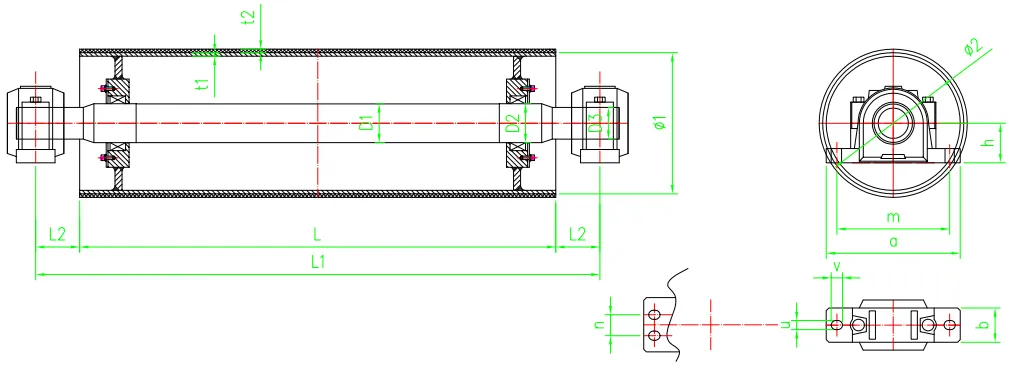 Afrikaans
Afrikaans  Albanian
Albanian  Amharic
Amharic  Arabic
Arabic  Armenian
Armenian  Azerbaijani
Azerbaijani  Basque
Basque  Belarusian
Belarusian  Bengali
Bengali  Bosnian
Bosnian  Bulgarian
Bulgarian  Catalan
Catalan  Cebuano
Cebuano  Corsican
Corsican  Croatian
Croatian  Czech
Czech  Danish
Danish  Dutch
Dutch  English
English  Esperanto
Esperanto  Estonian
Estonian  Finnish
Finnish  French
French  Frisian
Frisian  Galician
Galician  Georgian
Georgian  German
German  Greek
Greek  Gujarati
Gujarati  Haitian Creole
Haitian Creole  hausa
hausa  hawaiian
hawaiian  Hebrew
Hebrew  Hindi
Hindi  Miao
Miao  Hungarian
Hungarian  Icelandic
Icelandic  igbo
igbo  Indonesian
Indonesian  irish
irish  Italian
Italian  Japanese
Japanese  Javanese
Javanese  Kannada
Kannada  kazakh
kazakh  Khmer
Khmer  Rwandese
Rwandese  Korean
Korean  Kurdish
Kurdish  Kyrgyz
Kyrgyz  Lao
Lao  Latin
Latin  Latvian
Latvian  Lithuanian
Lithuanian  Luxembourgish
Luxembourgish  Macedonian
Macedonian  Malgashi
Malgashi  Malay
Malay  Malayalam
Malayalam  Maltese
Maltese  Maori
Maori  Marathi
Marathi  Mongolian
Mongolian  Myanmar
Myanmar  Nepali
Nepali  Norwegian
Norwegian  Norwegian
Norwegian  Occitan
Occitan  Pashto
Pashto  Persian
Persian  Polish
Polish  Portuguese
Portuguese  Punjabi
Punjabi  Romanian
Romanian  Russian
Russian  Samoan
Samoan  Scottish Gaelic
Scottish Gaelic  Serbian
Serbian  Sesotho
Sesotho  Shona
Shona  Sindhi
Sindhi  Sinhala
Sinhala  Slovak
Slovak  Slovenian
Slovenian  Somali
Somali  Spanish
Spanish  Sundanese
Sundanese  Swahili
Swahili  Swedish
Swedish  Tagalog
Tagalog  Tajik
Tajik  Tamil
Tamil  Tatar
Tatar  Telugu
Telugu  Thai
Thai  Turkish
Turkish  Turkmen
Turkmen  Ukrainian
Ukrainian  Urdu
Urdu  Uighur
Uighur  Uzbek
Uzbek  Vietnamese
Vietnamese  Welsh
Welsh  Bantu
Bantu  Yiddish
Yiddish  Yoruba
Yoruba  Zulu
Zulu rubber disc roller
The Versatility and Importance of Rubber Disc Rollers
Rubber disc rollers are integral components in a variety of industrial applications, ranging from manufacturing to agriculture, and even in the automation of conveyor systems. Their design, characterized by a cylindrical form made from elastomeric compounds, provides them with unique properties that make them suitable for numerous tasks. In this article, we will explore the versatility, functionality, and importance of rubber disc rollers in various sectors.
What Are Rubber Disc Rollers?
Rubber disc rollers are rolling elements that consist of a circular rubber disc mounted on a shaft. These rollers can differ significantly in size, hardness, and surface texture depending on their intended application. The rubber material allows for flexibility in the performance of tasks, enabling these rollers to adapt to various conditions, such as load weights and surface types.
Key Features
One of the primary features of rubber disc rollers is their ability to absorb shock and vibration. This cushions the materials being transferred, reducing the risk of damage. Moreover, rubber possesses excellent gripping capabilities, which enhance the traction between the roller and the materials it interacts with. As a result, rubber disc rollers are particularly effective in conveyor systems where stability and control are vital.
Another notable feature is their resistance to wear and degradation. Rubber can withstand harsh environments, making rubber disc rollers suitable for outdoor applications, as they can endure fluctuations in temperature, moisture, and chemical exposure. This durability significantly reduces maintenance costs and enhances operational efficiency.
Applications Across Industries
1. Manufacturing In industrial manufacturing, rubber disc rollers are widely used in material handling systems, where they guide products along conveyor lines. Their ability to manage varying weights and sizes makes them invaluable in assembly lines, packaging, and sorting operations.
rubber disc roller

2. Agriculture The agricultural sector benefits from rubber disc rollers in seeders and tillers. These rollers assist in the smooth operation of machinery while planting seeds or performing soil preparation tasks. Their design allows for consistent seed depth and spacing, ensuring optimal growth conditions for crops.
3. Construction In construction, rubber disc rollers are employed in a variety of machinery, from compactors to pavers. They ensure that materials are moved efficiently and compacted effectively, laying the groundwork for further construction processes.
4. Automotive The automotive industry utilizes rubber disc rollers in conveyor belts used for vehicle assembly. Their resilience to wear ensures the smooth transportation of parts throughout the assembly line, which is crucial for maintaining production efficiency.
5. Slaughterhouses and Food Processing Plants Due to their non-slip characteristics and ease of cleaning, rubber disc rollers are often used in food processing. They reduce the chances of contamination while maintaining the integrity of food products.
Environmental Considerations
As industries become increasingly aware of their environmental impact, the demand for sustainable materials is growing. Innovative manufacturers are now producing eco-friendly rubber disc rollers that minimize the use of harmful chemicals in their production. Furthermore, many of these rollers can be recycled, contributing to a circular economy.
Conclusion
In conclusion, rubber disc rollers are essential components with widespread applications across various industries. Their unique properties, including shock absorption, durability, and excellent grip, make them ideal for handling tasks that require precision and efficiency. As technology progresses and industries evolve, the role of rubber disc rollers is likely to expand further, supporting sustainable practices while continuing to meet the demands of modern manufacturing and automation. Understanding their significance can lead to better operational decisions and the optimization of resource management in different sectors, ultimately contributing to greater productivity and efficiency.
-
Revolutionizing Conveyor Reliability with Advanced Rubber Lagging PulleysNewsJul.22,2025
-
Powering Precision and Durability with Expert Manufacturers of Conveyor ComponentsNewsJul.22,2025
-
Optimizing Conveyor Systems with Advanced Conveyor AccessoriesNewsJul.22,2025
-
Maximize Conveyor Efficiency with Quality Conveyor Idler PulleysNewsJul.22,2025
-
Future-Proof Your Conveyor System with High-Performance Polyurethane RollerNewsJul.22,2025
-
Driving Efficiency Forward with Quality Idlers and RollersNewsJul.22,2025





























